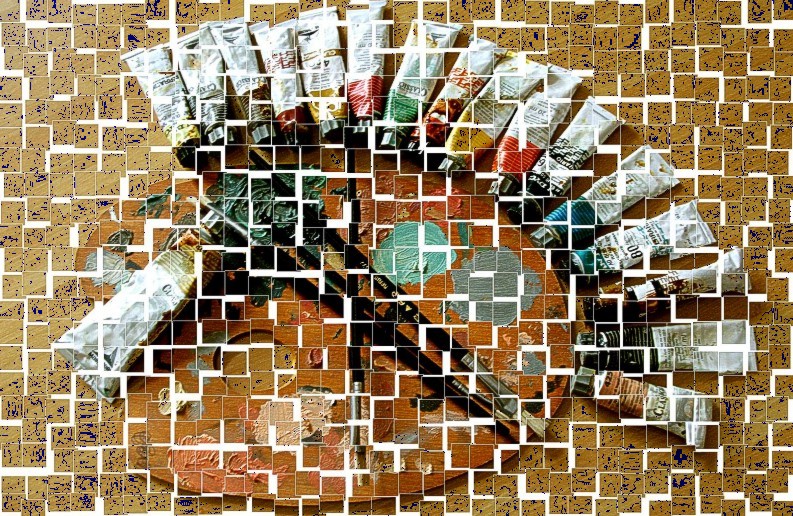Artists’ Rights Bolstered by Recent Legal Developments
Two recent legal developments should give visual artists comfort that their rights are alive and well in the U.S. Both demonstrate different aspects of “moral rights” at play, one at the state level and the other under federal law.
California Resale Royalties Act of 1976 (CRRA)
On January 11 the U.S. Supreme Court denied certiorari in Sam Francis Foundation v. Christies, Inc., a case in which the constitutionality of the California Resale Royalties Act of 1976 (CRRA) was at issue. The CRRA, the only law of its kind in the U.S. dealing with artist’s moral rights in the resale value of their works, allows artists to garner 5% upon resale of works sold at auction for more than $1000.
The law was struck down as unconstitutional by a district court, but that ruling was reversed by the 9th Circuit last year. While the SCOTUS denial of cert leaves the 9th Circuit’s decision intact, the law’s effect will be limited to California because the appellate court ruled that the provision affecting out-of-state sales violated the dormant commerce clause.
Artists’ resale rights are recognized by at least 70 jurisdictions worldwide including all of the E.U. However, federal legislation (the “Equity for Visual Artists Act”) spurred on by a 2013 U.S. Copyright Office report on resale royalties has languished for years, so for now resale rights in the U.S. are limited to California based on the Sam Francis case.
VARA Copyright Lawsuit Filed by Detroit Mural Artist
A complaint filed by Detroit mural artist Katherine Craig seeks to prevent a building owner from implementing plans the artist claims may “deface, modify, mutilate, or destroy” a mural in violation of her rights under the federal “Visual Artists’ Rights Act” (VARA).
VARA is a copyright law that specifically gives authors of works of visual art the rights of attribution and, most important to Ms. Craig’s claims, integrity, which among other things prevents “intentional distortion, mutilation, or modification of the author’s work in a way that is prejudicial to their honor or reputation.”
Since it was created in 2009, Ms. Craig’s “The Illuminated Mural” has achieved national recognition, with the Detroit Free Press going as far as to say it maybe “Detroit’s most drop-dead gorgeous mural.” The work was the subject of a written contract between the artist and then-owner Boydell Development Corporation in which it was agreed that the work would remain on the building for no less than a ten year time period. However, new owner Princeton Enterprises, Inc. has not indicated it will respect Ms. Craig’s rights, prompting her to seek injunctive relief to prevent the mural’s destruction.
The case should give pause to property owners contemplating destruction of murals incorporated into their buildings, but also shows that VARA is indeed a robust legal framework with which to enforce artists’ rights.

